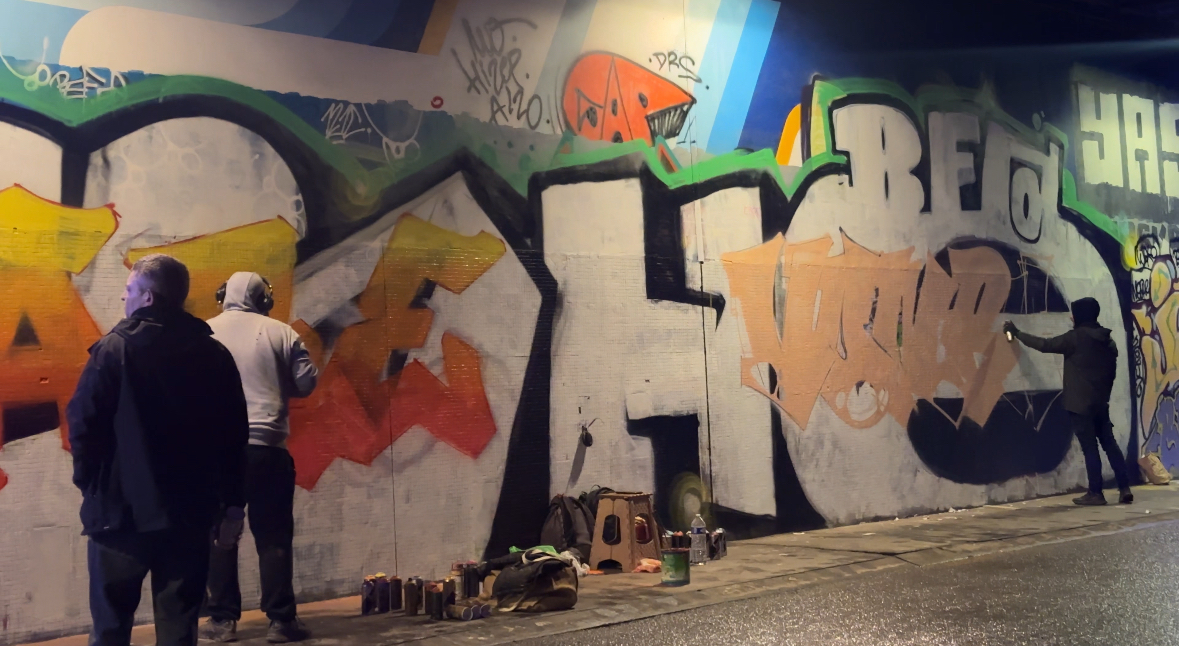A Mess of Art

Street art is a staple of most major cities, often serving as a defining feature—Berlin, for example, is known for it. But Paris has a different relationship with street art, where classical Haussmannian buildings stand alongside urban murals.

France imposed stricter laws against vandalism in 1994, with penalties of up to 10 years in prison, according to Widewalls magazine. Despite these harsh measures, street art has continued to flourish in Paris, adding a grungy, punk-inspired edge to the historic city.

The allure of street art lies in the anonymity of the artists who leave their mark on the city's walls. We rarely know who they are, yet urban creatives continue to paint, even though it's forbidden. To understand why, let's go back to history.

In the 1970s, as New York’s street art scene was gaining momentum, Paris began developing its own movement. Stencils, banners, posters and murals began appearing throughout the city. Street art in the French capital quickly evolved beyond simple graffiti lettering, incorporating faces, political messages and other contemporary expressions.

AUP student and graffiti enthusiast Sullivan Philips has spent his time in Paris observing how the city’s street art culture stands apart from what he’s known—offering insight into the style, intention, and identity behind the marks on its walls: “Paris graffiti for me is focused more around big thought to letters rather than quick tags,” he explained. “Which is cool, but I think it takes away from an urge to perfect a hand style, which is my favorite stuff personally. I guess that's an opinion. Street art is sometimes political, or like a drawing or a figure. But there are also people who do faces—the same face every time, intentionally—so you can recognize that person when you see it.”

He continued to reflect on the distinctions between street art and graffiti: "As for graffiti, many use tags—their mark, you know. But I think my view has changed a lot over the years. When I was younger, I used to think that all graffiti was good and that it just made things look better. As I've gotten older, it’s changed. I really like graffiti—it just depends. Someone who puts time into something they practiced in their book for months before painting it on a wall, that takes time. But someone who just does a quick tag while walking by—I’m not really that impressed."

Sullivan emphasized the craftsmanship that can go into graffiti when it’s done with intention: “I think it just effaces the rest of the art for no reason. However, you can perfect that craft; you can work on that in a drawing book. And when you do that quick tag, it means something—so much effort and time has been put into that quick action. It’s just… in Paris, I don’t see that as much.”

While Paris is celebrated for its artistic murals and public art, Sullivan’s observations highlight a view that values the skill and intentionality behind even the simplest tags. In a city where graffiti often leans toward large-scale, stylized lettering or conceptual street art, the raw, hand-style-driven roots of graffiti can sometimes feel overshadowed.






